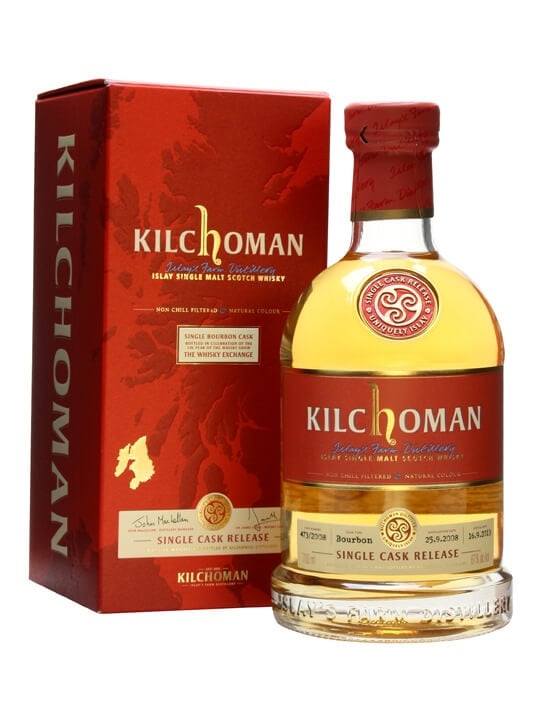While travelling abroad recently, I could not help but notice the overwhelming majority of whiskies available in duty free / travel retail, whether single malts or blends, and whether Scotch or world whiskies, were Non-Age Statement (NAS) bottlings. And, perhaps not surprisingly, the overwhelming majority of these whiskies were very expensive, and simply overpriced.
This is not a 'Travel Retail Exclusive' (see what I did there) issue either, with many domestic shops demanding truly insane prices for some whisky. And with NAS whiskies in particular, it is quite difficult to determine what you're actually paying for, whether it's good whisky, or good marketing, or both.
Obviously how much we're willing to spend depends on our personal circumstances, but most of us would like to know we're getting reasonable value for our hard-earned dollars. So how do we find the balance between the cost, and value for money, or 'bang-for-your-buck', in the whisky world?
The key factors which dictate if a whisky is reasonable value, in my own order of importance, are:
- The ABV % the whisky has been bottled at. If it has been bottled at (or watered down to) 40%, which the majority is, I would expect it to be relatively cheap, as you're getting less whisky/spirit, and more water, in the bottle. If not, I don't see that as being good 'bang-for-your-buck'.
- If the whisky has an age statement. This is very important in determining what you're getting in the bottle. If the whisky does not have a clear age statement, and this includes a single vintage statement such as 'distilled in 1985' or '1985 release', there is no way of knowing how long the spirit has been matured for prior to bottling, or what you're paying for.
- If the whisky is 'craft presented', i.e. if it has not been chill filtered, and if it has not had colouring added. This is a good indicator of the natural quality of the whisky.
- If there have been any unreasonable price increases in recent history, without obvious justification (e.g. increase in bottling strength), and:
- How the whisky is priced compared to similar bottles from the same, or similar, distilleries.
It is important to note that I am referring to the retail consumer (in the literal sense) market here. The secondary / auction / collectors / investors market is different, as many collectors and investors will not drink their collection, and have plenty of money to spend on it. Leaving them looking a little more like this:
We cannot blame the producers, distributors and bottle shops for wanting to sell their product for as much as possible, but there is a line between normal business practices and pure greed.
Some older whisky is also insanely expensive, for example Balvenie 50yo may be old whisky, but is it worth the $40,000-45,000 (AUD) asking price? Why is a Glenfiddich 50yo $15,000 cheaper at $30,000? And then why is a 40yo Glenfiddich then a relative bargain at only $3,300? Is that extra decade really worth another $27,000? No, it is not.
These old whiskies can sometimes also include 'bespoke' packaging, and things like free distillery tours (or a free trip to Scotland in some cases), in an attempt to justify the price. But is a bottle of whisky, even a 50 year old one, worth the same as a brand new sports car? Or a size-able house deposit? Surely not, regardless of your personal net worth. I would love to know how many of these mega-expensive whiskies are actually sold, although I'm sure the answer will shock me. What this means is whisky drinkers are priced out of the 'ultra-premium' market, as the collectors and investors move in.
So, enough ranting for now. To sum up, here are my bang-for-your-buck whisky buying guidelines. Look for at least 46% alcohol (looking at you Lagavulin 16!), look for an age statement, look for no chill filtration, and look at the prices of similar bottles. And, definitely shop around!
The actual prices you pay obviously depend on many factors, especially local taxes. Suffice to say, whisky drinkers in the EU and US are far better off than other parts of the world. But personally, my picks for the best value heavily-peated, single malt, Scotch whiskies are: Ardbeg 10, Lagavulin 16, and Laphroaig Quarter Cask.
Happy hunting!





